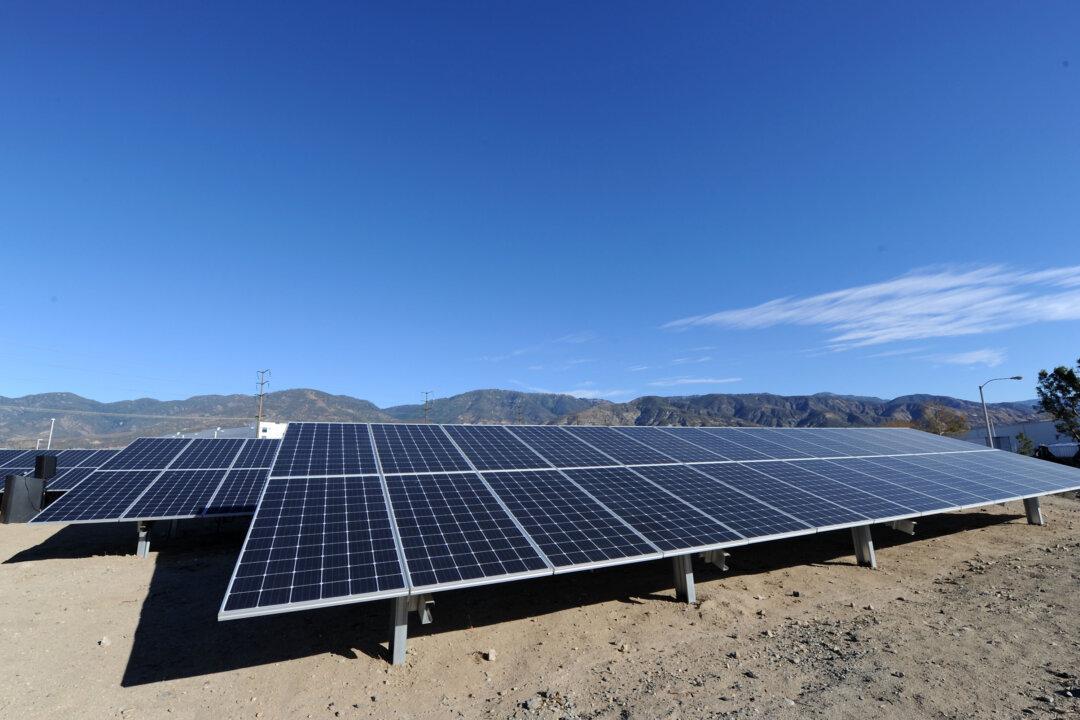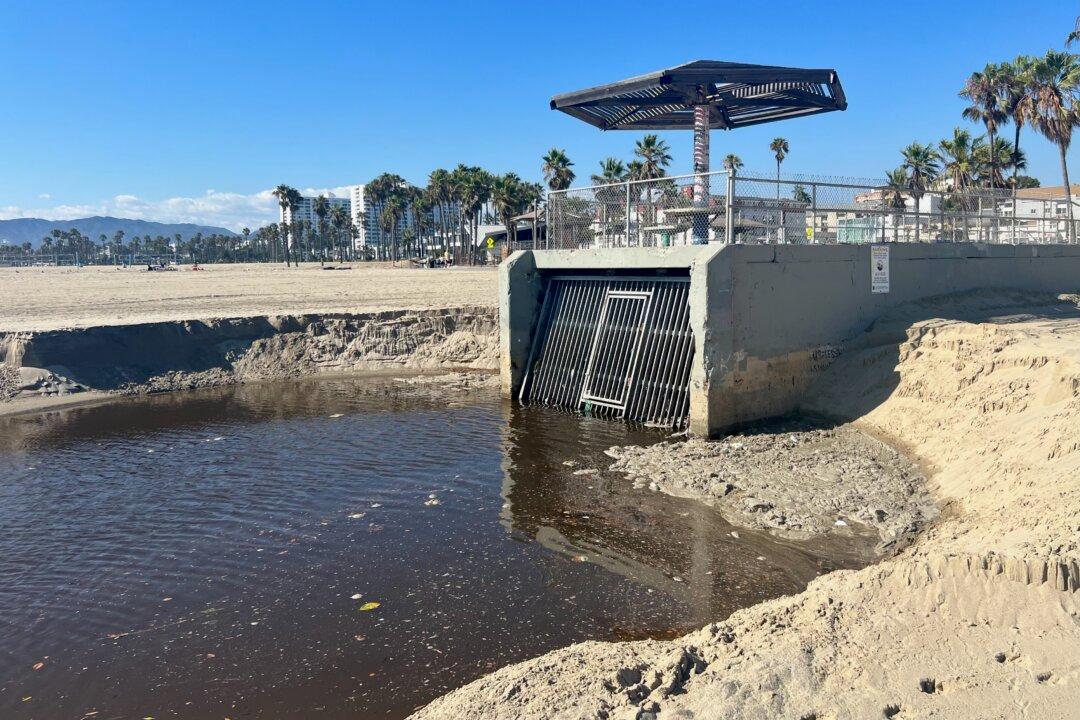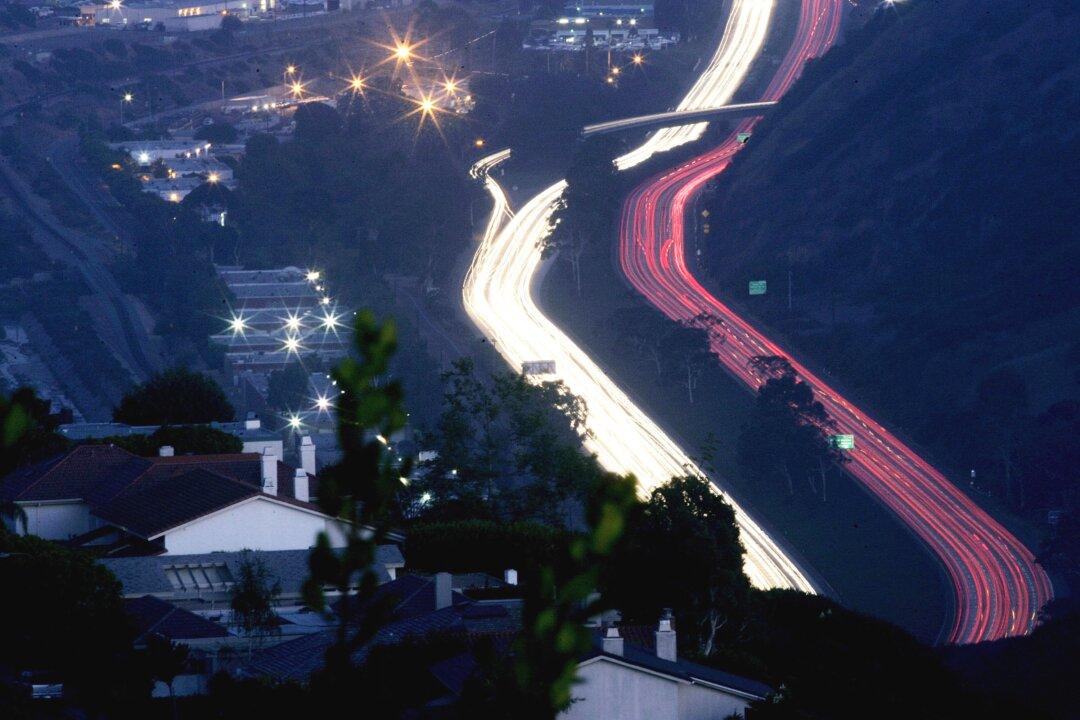A bill setting up a goal to achieve 100% clean energy for California’s power grid by 2045 passed the California legislature on Wednesday (Aug. 29) and is waiting to be sent to the desk of Gov. Jerry Brown.
Senate Bill 100 was introduced by Sen. Kevin de León, who says it’s going to ensure California as “the world’s clean energy superpower.” It’s a step up from the existing California Renewable Portfolio Standard (RPS), which required the state to hit a 50% clean energy target by the end of 2030.




